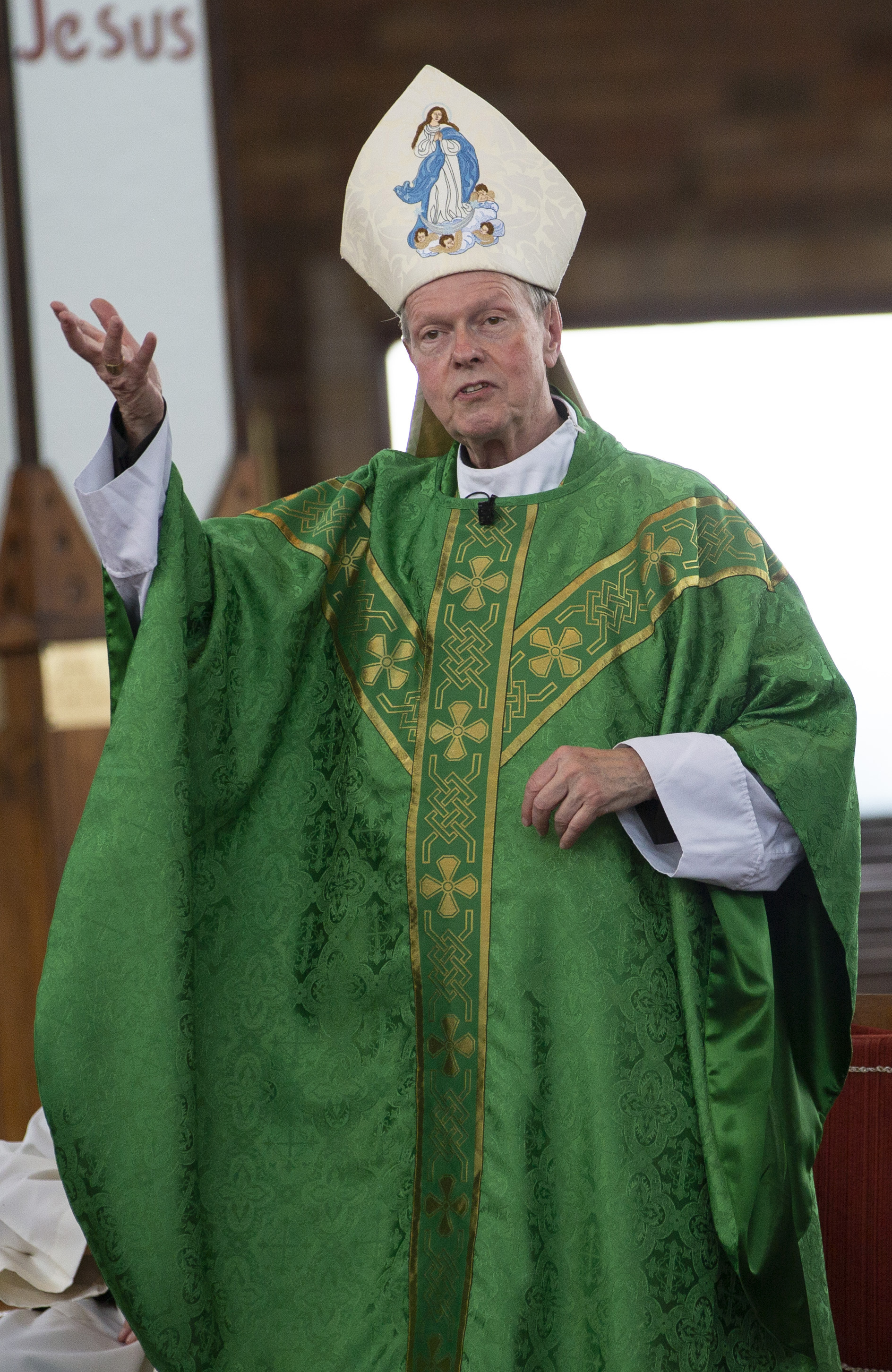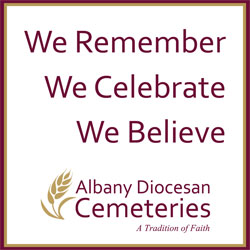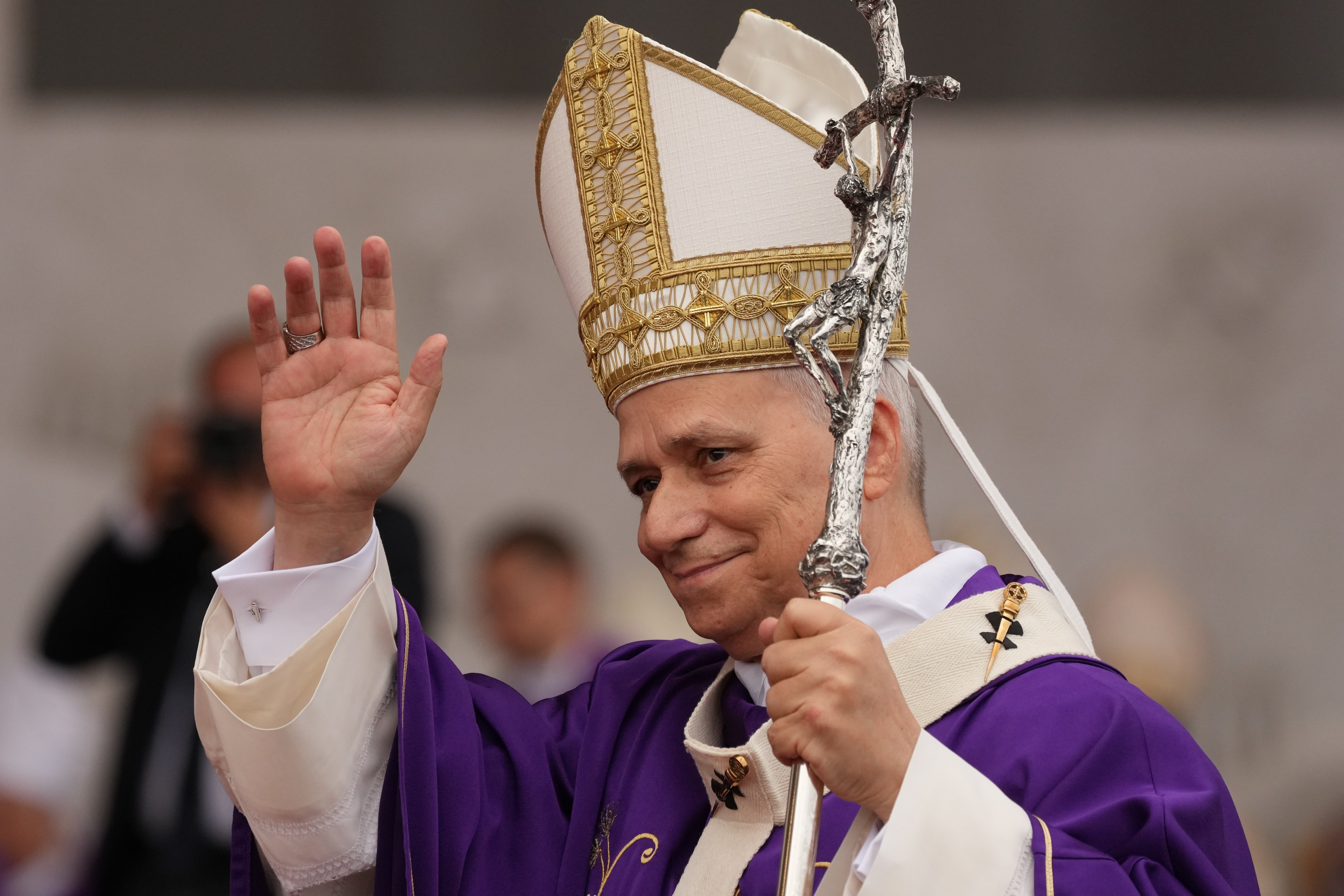July 23, 2025 at 1:37 p.m.
Our reality: More than our realty?
“It’s not enough to take a stance on an issue, we must stand with the people in the issue.” — Father Gregory Boyle, “Tattoos on the Heart.”
When you think of your “home parish,” what image first comes to mind? I don’t know about you, but in my mind it is “Our Lady of the Miraculous Medal” on 60th Place in Ridgewood, N.Y. That’s where I grew up. That’s where I went to school. That’s where I served Mass from the fall after I made my First Communion and where the seeds of my vocation were surely planted. To this day, the church in which and around which all of this happened is and remains a treasured memory and a powerful symbol of my faith roots which I will never forget. Even though I no longer serve or attend Mass in Our Lady of the Miraculous Medal Church, the parish remains with me, a real and living part of my life. I don’t get to visit it often, but when I return it is hard not to tear up as so many memories return.
Yes, in some sense a parish is a place and, typically, we associate it with the church that is the center of its worship. “Mirac” — as we all called it — might not have been the most beautiful church in the diocese. “Too many pillars,” one priest I knew commented. Its Romanesque style did not admit much light, so it was dark much of the time. I liked that. I am not sure my idea of “church” then was very close to what many of us experience today. We never were allowed to talk much in church. Only priests talked in church. So much has changed.
I don’t know how much longer the parish will continue. The convent has not long since been abandoned. The parish school is now an academy which welcomes families from several neighboring parishes whose schools have closed and are now being repurposed. The children and grandchildren of the folks who founded the parish, mostly German and Irish immigrants, have died or moved to the suburbs. New immigrants, mostly from Latin America and Eastern Europe, are bringing their own stories to the parish life, many of them struggling financially to sustain their families and with little to support the structures that past generations worked so hard to build and maintain. Well, you know the story.
The reality is that, like many parishes in the Northeast — Brooklyn is no more exempt than Albany — the good parishioners are often unable to sustain the cost and upkeep of the wonderful monuments to their faith that our immigrant ancestors left them. I have seen this even more poignantly in Europe. The church in the town where my great grandfather, Valentin, was born — Sankt Martin in the Rhineland Pfalz — still stands. It was so well constructed in brick. Like many of the churches in Europe, some of which are historically significant, only government funding keeps them from demolition. Not to mention that, with their own clergy shortage, Mass is only celebrated there once a month. To be frank, a good number of those churches are little more than museums.
Museums are important testimonies to our history. I have even seen cathedrals — or remnants of cathedrals — where the windows rather resemble sockets in a skull from which the eyes have long since departed. No one lives there anymore. Back to Brooklyn for a moment — Brooklyn has often been called “a city of churches” — one can visit the numerous ethnic neighborhoods where the shells of once lively populated churches remain, but no one goes there anymore. Yet people of faith still congregate, if not in the churches, then in storefronts. On certain blocks in my old stomping grounds there may be more than one tiny congregation worshipping on weekends. Most of the congregations are Christian and actively involved in their communities. They may not have a lot of realty, but they keep the faith alive in their worship and witness.
We face the reality that a substantial number of our parishes are no longer going to be able to maintain their buildings — even their churches — much longer. Pastors, their advisory councils, and the parish trustees are working very hard to keep our faith communities spiritually and socially vibrant. We all need to unite as families of faith. Many parishes are learning that by cooperation with their neighboring parishes, a better use of resources — human and physical — can help build so-called “economies of scale,” a term derived from business, whereby the desired production goal is achieved at lower cost. In practical terms, three contiguous churches with a total of nine weekend Masses, none of them more than one third full if even, makes no sense. Not only from the point of view of clergy availability, but even to foster good liturgies but, perhaps even more, to facilitate the relationships among clergy and laity so important to parish vitality.
Some parishes may come to decide that it no longer serves their mission to invest in the costly maintenance of their realty — even the church itself — when investing in the needs of their surrounding communities might best be focused on fundamental human needs such as food, clothing, shelter and addressing the challenges of addiction and family disjunction. Serving such social needs does not mean an abandonment of the fundamental spiritual sustenance of prayer and worship. Even parishes without a regular Sunday Mass can sponsor catechetical instruction, Eucharistic adoration, occasional Masses on weekdays, prayer services, and social events that enable neighbors to get to know one another, even if not technically Catholic parishioners.
Every parish, according to our Canon Law, is a delineated geographical territory, assigned to the care of a pastor. Although we often tend to think of “parishioners” as the people we sit next to in church on Sunday, every person in the parish is our neighbor, one to whom we are sent to bring the Good News. Jesus answered that question so well — who is my neighbor? — in the Parable of the Good Samaritan (Lk 10:25-37). The Good Samaritan not only distributed goods and services to a broken man at the side of the road, he personally picked him up, took him upon his own means of transport and looked after him during his recovery. As we ask what our parish’s mission should be, our thoughts and prayers might best focus less on our realty than the reality of the lives and needs of the people among us.
- California bishops celebrate ‘very powerful’ Mass in ICE facility for detainees
- Bishop: New Bible translation shows ‘God never changes, but always has something new for us’
- Tennessee faith leaders urge governor to stop all executions
- Amid ‘fragile’ ceasefire, Caritas Jerusalem seeks to ‘replant hope’ in Gaza this Christmas
- Full text: Pope Leo XIV’s Dec. 17, 2025 general audience
- Pope, Israeli president speak by phone about Sydney attack, peace in Gaza
- ‘Make more use of Newman,’ say British church experts
- Rather than chasing productivity, turn to God to resolve restlessness, pope says
- Pope Leo names Bishop Ramón Bejarano to lead Diocese of Monterey
- Honor is ‘bigger than me,’ Heisman winner, a Catholic, says in emotional acceptance speech








Comments:
You must login to comment.